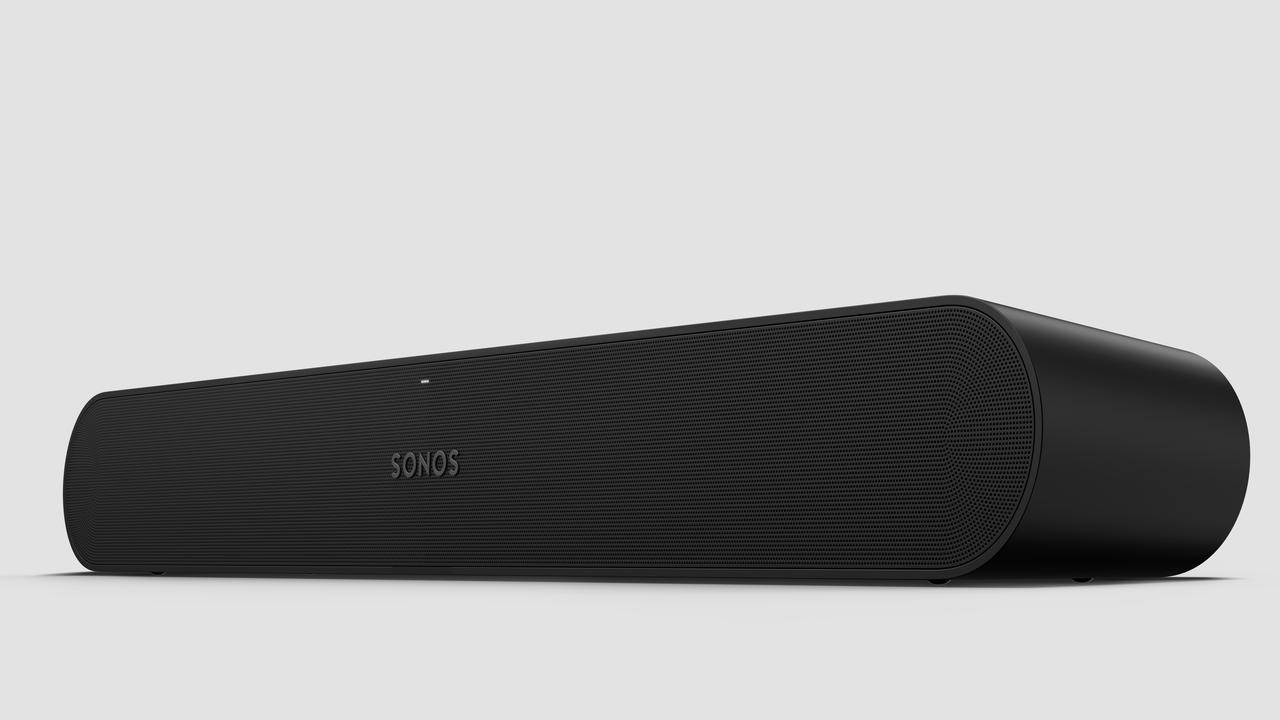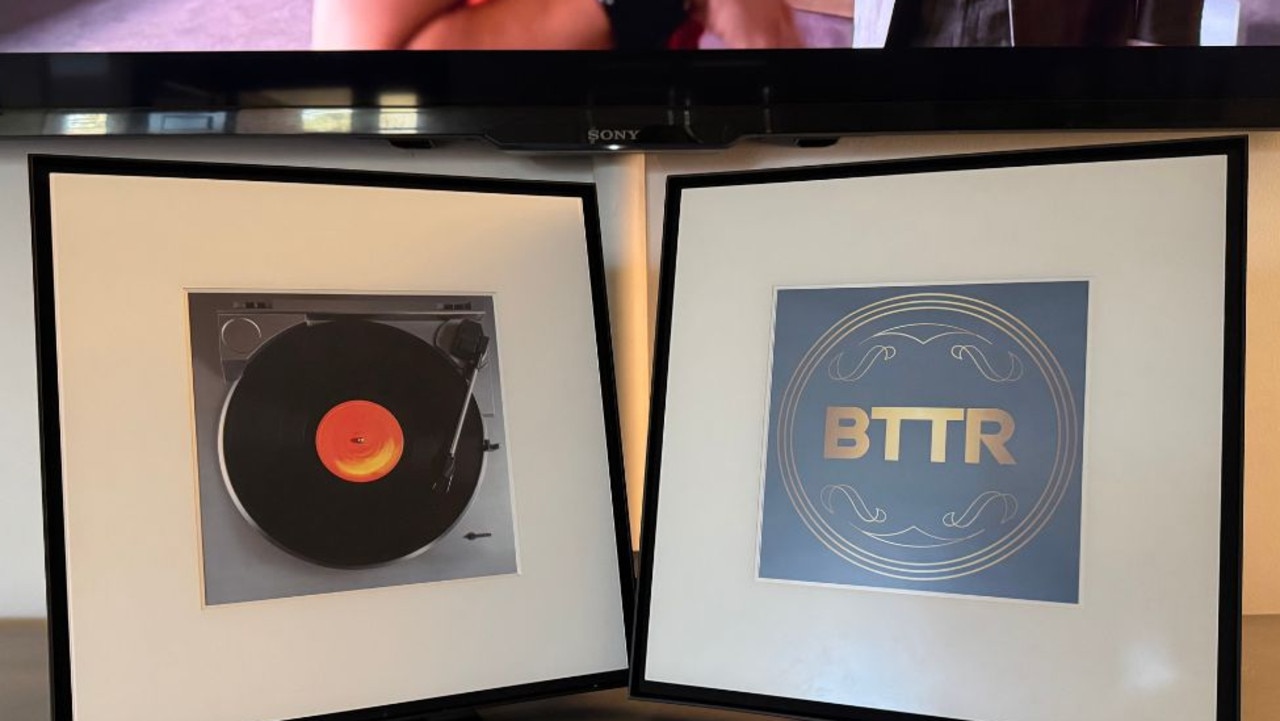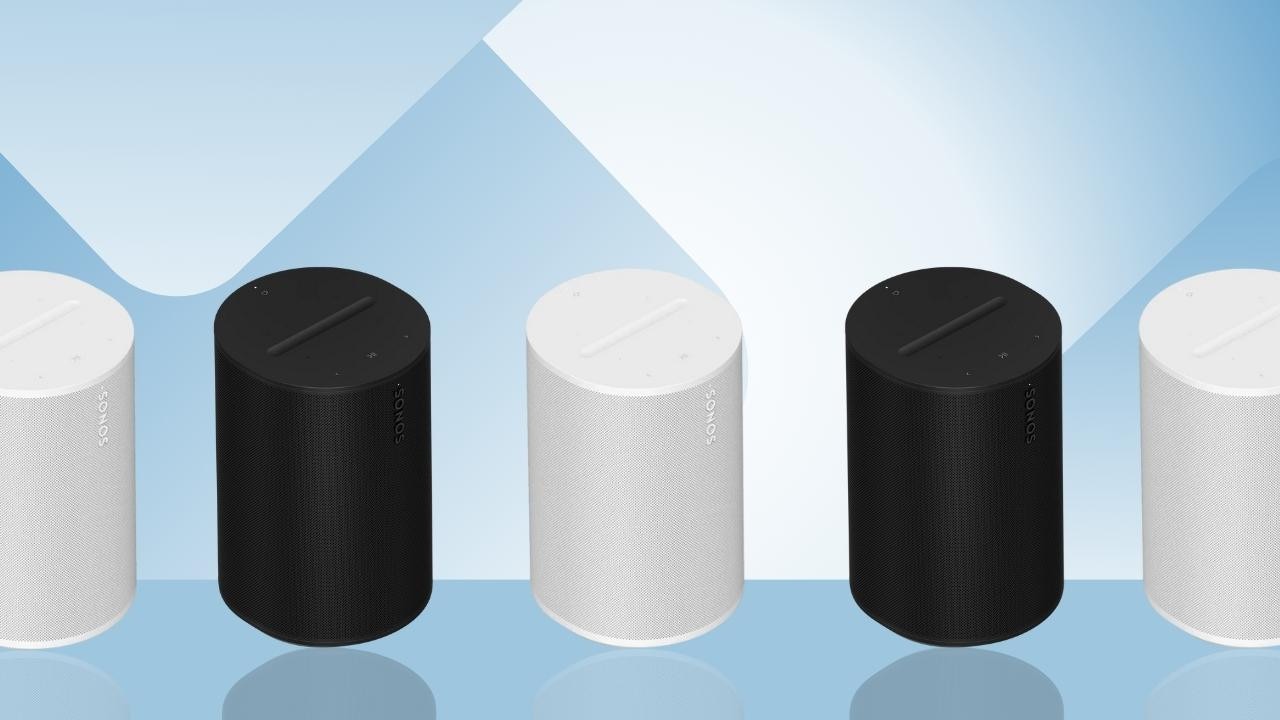Sonos Ray Soundbar review: Is it worth it? Features, price
Sonos’ latest release sees the brand enter the budget-friendly soundbar market with a truly compact TV option.

We may receive payments from third parties for sharing this content, and when you purchase through links in this article. Product prices and offer details are not assured, and should be confirmed independently with the retailer. Learn more
SONOS RAY SOUNDBAR REVIEW
Sonos has long been a market leader in the home audio space, offering a range of sleek, high-quality speakers for those after the best possible sound experience. However, the premium nature of its products has always been reflected in its prices.
With the release of its latest soundbar, the Sonos Ray, the brand is finally bringing its home cinema audio to a more compact and affordable model.
Joining both the Beam and the Arc in Sonos’ soundbar line-up, the Sonos Ray is designed for those looking to upgrade their TV audio or enhance their gaming experience in smaller spaces.
To achieve its impressive $399 price tag though, the brand has had to make quite a few concessions – including cutting out HDMI and voice control – which won’t be popular with everyone.
KEY FEATURES
- Simple set-up
- Adjustable EQ through the Sonos app
- Four Class-D digital amplifiers
- Two full-range midwoofers
- Two tweeters

DESIGN AND BUILD
The Sonos Ray is otherwise fairly similar to its already-compact older sibling, the Sonos Beam, in terms of design. Like the Beam, the Ray has an understated, tapered build and can be purchased in two sleek colour options of black or white, allowing it to blend fairly seamlessly into a standard home entertainment set up.
Where the Beam features a curved grille that wraps around the edge of the soundbar though, the Ray instead has a flat grille and forward-facing acoustics. While this means you won’t get the same wide soundstage as the Beam, you are able to place the Ray on a TV cabinet shelf without losing sound dispersion, which is a first for the brand.
Measuring 559 x 71 x 95mm and weighing in at just 1.95kg, the Ray is made for TVs up to 55-inches – so it’s perfect for those short on space. Its small nature also allows it to be plonked in front of most TVs without blocking your view.
Like the Beam, the Ray can also be wall-mounted (wall mount sold separately), and features LEDs and touch-sensitive buttons.

FEATURES
At the back of the Ray you can find the power socket, join, ethernet and optical ports. As we mentioned earlier, there’s no eARC HDMI connectivity here, so you will need to connect it to your TV with an optical cable, which thankfully comes provided. Sonos claims this makes the Ray easier to set up and ensures that it works with as many TVs as possible. However, the lack of HDMI does also mean there’s no support for Dolby Atmos, which may be a point of contention among users.
Instead, the Ray’s format support is limited to Stereo PCM, DTS Digital Surround and Dolby Digital 5.1. This doesn’t necessarily mean you can’t get immersive sound, though. Like other soundbars in Sonos’ range, the Ray can be boosted by wirelessly syncing it to other Sonos products. For instance, you can expand your sound system by adding a sub and rear surrounds and essentially give yourself a complete home cinema system – just know you’ll probably end up paying through the nose for it.
While this probably doesn’t make sense for those who are turning to the Ray for its affordable price tag, it is still nice to know that you can expand your set up later if you feel like it.

Sonos also claims that the Ray uses custom waveguides to “project sound from wall to wall,” giving the soundbar surprisingly spacious sound for such a small box. Like all Sonos speakers, audio output on the Ray can also be calibrated through the Trueplay function in the Sonos app. However, Trueplay is currently unavailable on Android devices and on beta versions of iOS, which is incredibly limiting for users.
The lack of HDMI ARC does mean there’s some extra fiddling involved when it comes to getting your existing TV remote to control the sound. Where the Beam worked with your TV remote straight out of the box, the Ray requires you to set it up through the Sonos app. Admittedly, this isn’t difficult – just point your remote at the soundbar and press the volume controls – but it is still an extra step in the set up process.

Once the Sonos Ray is fired up, it’s fairly straightforward to use and has a number of handy features such as Night Sound, which reduces the intensity of loud sounds so you don’t disturb others with your late night Netflix binge. We tried it while watching Obi-Wan Kenobi and found that it reduced the intensity of loud sounds, such as lightsabers and vehicles, while increasing soft dialogue, which saved us from having to bump up the volume.
There’s also Speech Enhancement to clarify dialogue when watching TV shows or movies, Wi-Fi for music streaming and support for Apple Airplay 2 and Spotify Connect.
Unlike the Beam and the Arc, there is no voice assistance included with the Ray, so you can’t control it with Amazon Alexa or the Google Assistant. In fact, there is no microphone array at all, which is actually a bonus if you’re particularly concerned about privacy.

AUDIO
The Sonos Ray houses four Class-D digital amplifiers, two full-range midwoofers and two high-performance tweeters, which brings a decent amount of power to such a compact speaker.
If you’re used to standard TV audio, you will notice the difference in sound depth and quality from the second the Ray is plugged in. Audio is rich, though not anywhere detailed as the Beam, which is what we expected at this price.
The bass is also solid, though it did take some fiddling around with the treble to get the sound right – even after running the soundbar through Trueplay. There was also a little bit of distortion on dialogue when watching Stranger Things, but after a bit of extra tweaking and engaging the Speech Enhancement function it was a lot less noticeable.
Because of the forward-facing acoustics, you do need to be sitting in front of the Ray to experience its range in full. That said, if you have a smaller apartment, the soundbar is more than capable of amplifying your movie night or enhancing your next gaming marathon without attracting the ire of your neighbours.

When it comes to playing music, the Ray is arguably even better – offering crisp highs and well-balanced mids. The bass isn’t life-changing, but it is still seriously decent for this price range. It also doesn’t get shaky or distorted during bass-heavy songs, which is another plus.
Once again, you can group the Ray with other compatible speakers for a synchronised multi-room audio experience if you so desire. You can also stream just about every major music service via Wi-Fi, including Spotify, Spotify Connect, Apple AirPlay 2, Amazon Music, Apple Music and BBC Sounds.
SHOULD YOU BUY IT?
The Ray may not be anywhere near as powerful as the Beam or the Arc, but it isn’t supposed to be. While the lack of Dolby Atmos, HDMI and voice-assistance is sure to lose true audiophiles, this isn’t a soundbar made those looking for top-tier audio or for those with a top-of-the-range OLED TV.
Instead, it’s suited to those looking to upgrade their TV audio in rooms that would be overpowered by a more advanced sound system, those looking to enhance their gaming audio and those who want to dip their toes into Sonos’ ecosystem on a budget.
So, if you’re wondering whether it’s worth upgrading your Arc or Beam for, the answer is no. But it is remarkably better than most all-in-one soundbars systems available in this price range.
Given the inclusion of Trueplay and the ability to add other Sonos speakers to your set up too, the Ray makes for a worthwhile purchase that will suit those after a no-frills soundbar with solid audio performance.
Overall rating: 4.5/5
Price: $399.
Where to buy: The Sonos Ray will officially launch in Australia on 7 June 2022. You can pre-order it now from usual Sonos stockists such as The Good Guys, Sonos online, Harvey Norman and JB Hi-Fi.
Looking to discover more great gadgets? Head to our electronics section to see all the latest product guides and reviews. You can also sign up to our shopping newsletter to be kept in the loop about popular products and upcoming sales or head to news.com.au Coupons page to see a list of current deals and offers.





